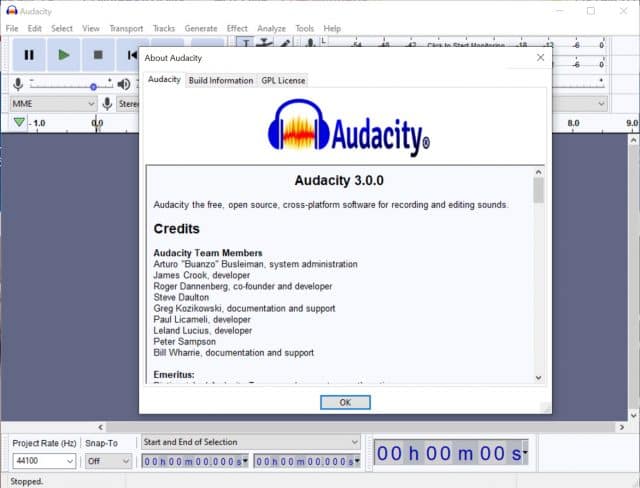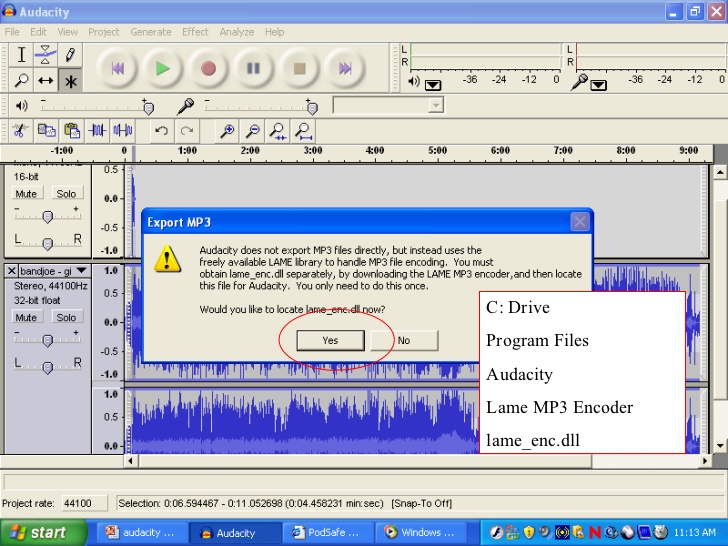

While Audacity’s library of built-in effects is impressive for an open source application, autotune isn’t among them-at least by default. Still have a few burning questions about how to use Audacity? Many of these will be answered in the tutorials above, but let’s chat about some of the most common FAQs for Audacity users. He also unpacks how quality audio makes or breaks a video project-and why Audacity is an ideal tool to make your work shine. Skillshare instructor Richard Andersone shows students how to use noise reduction in Audacity.Īndersone explores the finer details of effects such as noise reduction, normalizing, and importing audio or background music. Here, Skillshare instructor Richard Andersone takes voiceover concepts further by applying them to using Audacity to edit audio for explainer videos, television, and podcasts. Record and Edit Audio in Audacity: Perfect For Explainer Video, TV and Podcasting Audio While this course isn’t particularly long, it’s a great entry point for anyone who’s looking to dive into Audacity’s impressive library of effects. Lukas Vyhnalek will take you through the effects that will make your voiceover project stand out from the competition, including compression, equalization, and fade in and fade out. Skillshare instructor Lukas Vyhnalek shows students how to cut audio from a track in Audacity. If that sounds like you, here’s a course that goes over all the features that you’ll need to master in Audacity. Audacity Crash Course: Record Great Audio Voice-Over!Īudacity is popular among folks who do voiceover work for a living.


He’ll show you the fundamentals of recording a quality vocal or instrumental track, along with how to use compression tastefully, and how to get the most out of Audacity’s built-in library of effects. Jasoria gets into the weeds of recording a song in Audacity. Skillshare instructor Kushal Jasoria records vocals in Audacity.


 0 kommentar(er)
0 kommentar(er)
